Flora
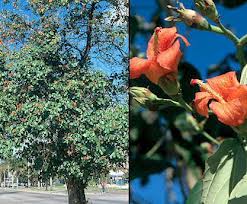
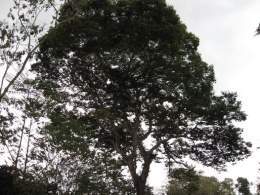
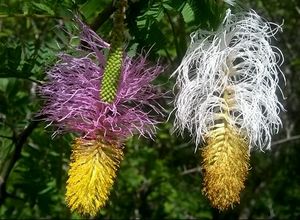
Native plants and new species. The territory does not have great extensions of forests, the areas that exist are located in the mountainous part. Towards the north and west, forests predominate that alter between the humid tropics, characterized by the fact that the trees that comprise it remain always green and covered in leaves all year round and the tropical semi-deciduous trees that differ from the previous ones because they lose their leaves at certain times of the year.
The species that traditionally predominate in the locality are: Majagua, Cupey, Ocuje, Cedro, Caoba, Yagruma, Varía, Granadillo, Guatí, Guayacán, Jigue, Jatía, Carbonero, Sabicú, Yaya, Futete, the Cagüirán almost extinct in the municipality. In these mountainous areas, especially to the west, coffee and other minor fruits grow.
Towards the center and east of the town, food and vegetables are developed, as well as pasture areas for livestock with an existence of isolated trees such as the Algarrobo, Guásima, thorny plants (Marabú and Aroma) and others. In some areas near rivers and streams the vegetation is thicker. This has been an area where anthropic activity has manifested itself most strongly, with agricultural development being the development of this human action in these lands.
Currently, the reforestation plan is being undertaken and should be maintained in order to stabilize the local ecological balance. In the monitong area, different types of vegetation can be identified. The evergreen microphyte forest that occupies the intramonitong valleys, which can be identified thanks to the degree of conservation of the same, despite some cuts that have been made that is reflected in the aclerophyte or sparse aspect and the abundance of high heels thickness which can be a reflection of felling directed to the alboreo extract for timber purposes.
They generally develop on carbonate or conglomerate rocks but with the presence of carbonate soil. Characteristically, the abundance of cactus spines and emerging trees such as the guayacán, the bighorn avocado, (endemic to Cuba) and is considered the largest of the Cuban cacti. There are other cacti that come from the coastal bush as well as trees belonging to the semi-deciduous forest, therefore they lose their leaves at certain times of the year, so it can be identified that it is a transitional forest between the coastal bush and the semi-deciduous forest.
Fauna
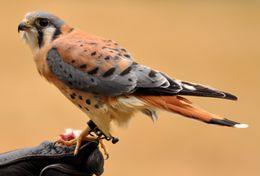
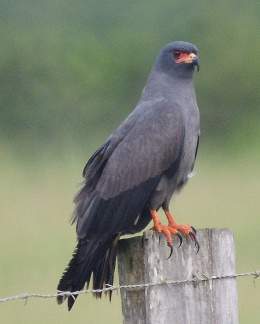
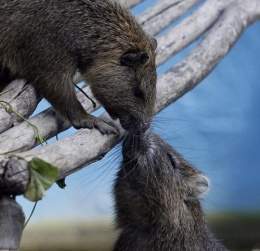
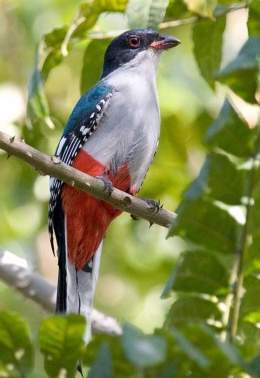
Native animals and new species. The animal species that are most abundant in the territory are located towards the areas where there are trees that represent portions of forests; Sierra Canasta and the area of the Great Sierra Maestra National Park that belongs to the municipality and the flat part that goes into the Guantánamo basin, the latter in smaller quantities.
There is a rich and varied fauna in species such as: Gavilán del Monte, Cernícalo, Iguana, lizards, Lechuza, Majá, Tortuga, Guinea fowl, Tocororo, Zunzún, Guárico, Gallineta Pico Roja, Gavilán caracolero, Tomeguín del Pinar, Jutías, etc. . In these species there is a strong level of endemism. The group of insects is rich in species but stands out for its bright colors, the Bazachii Gundlachianus butterfly, this beautiful insect abounds in portions of the west and south of the town.
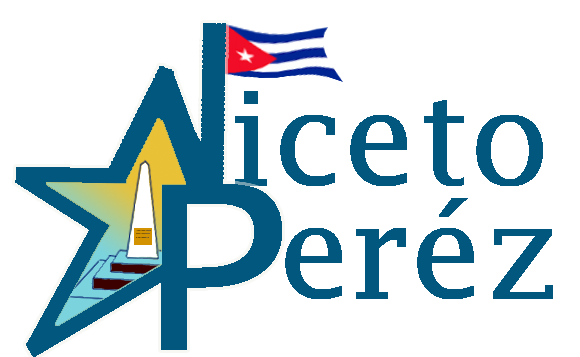




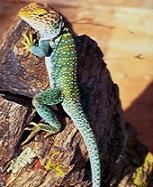
- You should not use obscene or offensive words.
- Comments should be related to the topic.
- Comments that violate previous policies will not be posted.